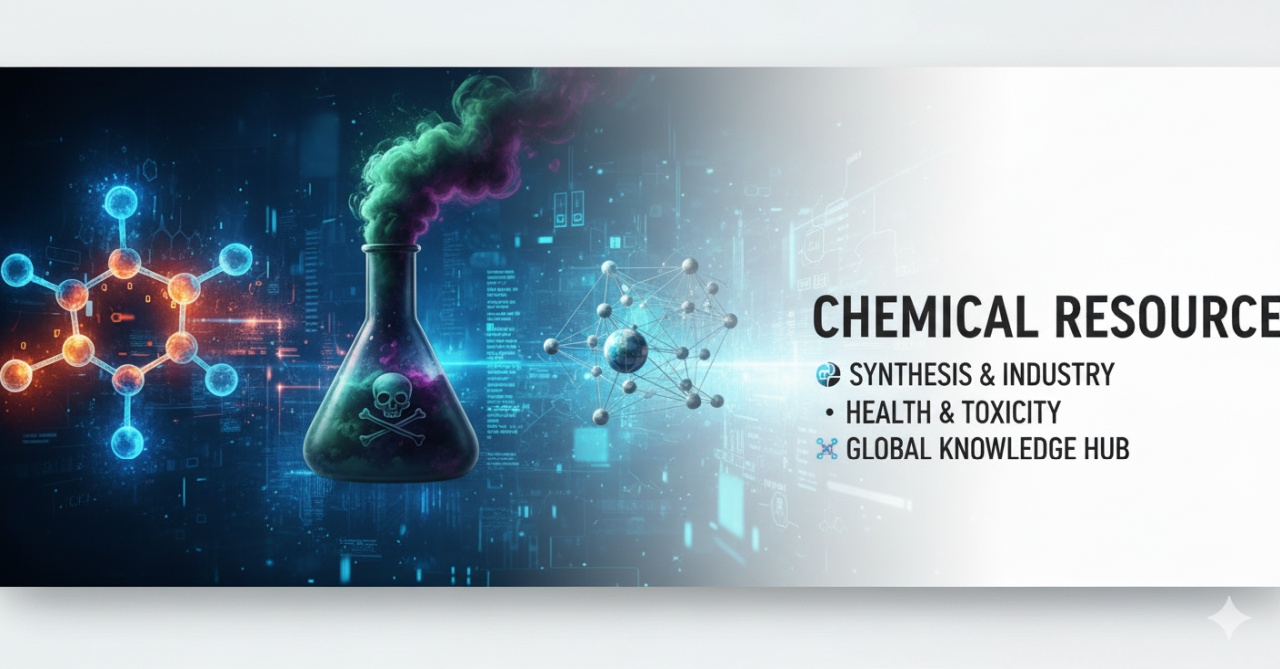🔎 Quick Search
Find substances by CAS number, UN number, hazard class or anything…
Butylated Hydroxytoluene
- [General Manufacturing Information] Soap, Cleaning Compound, and Toilet Preparation Manufacturing
- [General Manufacturing Information] Synthetic Rubber Manufacturing
- [General Manufacturing Information] Plastics Material and Resin Manufacturing
Toxicity Summary: IDENTIFICATION AND USE: Butylated hydroxytoluene( BHT) is a white, crystalline, odorless solid. It is used as an antioxidant for fats and oils or in packaging material for fat containing foods. HUMAN EXPOSURE AND TOXICITY: Potential symptoms of overexposure are irritation of eyes and skin. ANIMAL STUDIES: Rats fed high doses of BHT, showed increases in serum cholesterol in both sexes. Groups of weanling rats fed BHT in conjunction with lard supplementation had a reduction in growth rate, especially in males. BHT also increased absolute liver weight and the ratio of liver weight to body weight in both sexes. BHT increased the ratio of left adrenal weight to body weight in male rats but had no consistent effect in female rats. BHT administered to rats for 68-82 days caused reduction in rate of increase in weight and fatty infiltration of the liver. BHT was given in feed of rats and mice of both sex at 3000 or 6000 ppm; in rats 105 wk and 107 or 108 wk in mice. No tumors occurred in either sex of rats and mice. When tested for teratogenic properties BHT produced anophthalmia in offspring in rats, but not in mice. BHT administered to pregnant mice for 18 days along with another group fed BHT for 50 to 64 days including 18 das of pregnancy. No fetal abnormalities were observed. In a study using 144 mice, no blindness was observed in any of the 1162 litters representing 7765 offspring born throughout the reproductive life span of the mothers. BHT was tested for mutagenicity in the Salmonella/microsome preincubation assay in 5 Salmonella typhimurium strains (TA1535, TA1537, TA97, TA98, and TA100) in the presence and absence of metabolic activation. BHT was negative in these tests and the highest ineffective dose tested in any Salmonella typhimurium strain was 10 mg/plate. ECOTOXICITY STUDIES: In salmon fed graded levels of BHT during a 12-week feeding followed by a 2-week depuration period, BHT selectively modulated toxicological responses in the xenobiotic biotransformation pathways during the feeding period.
Toxicity Data:
- [Environmental Toxicity] The substance is harmful to aquatic organisms.
📬 Subscribe to Our Mail List
Get updates about chemical safety, regulatory tools and more...
